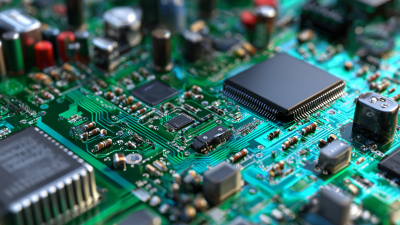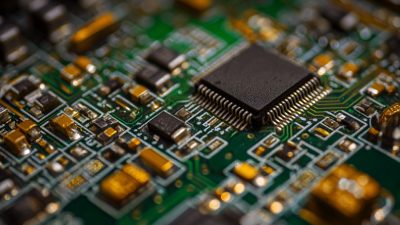Leave Your Message
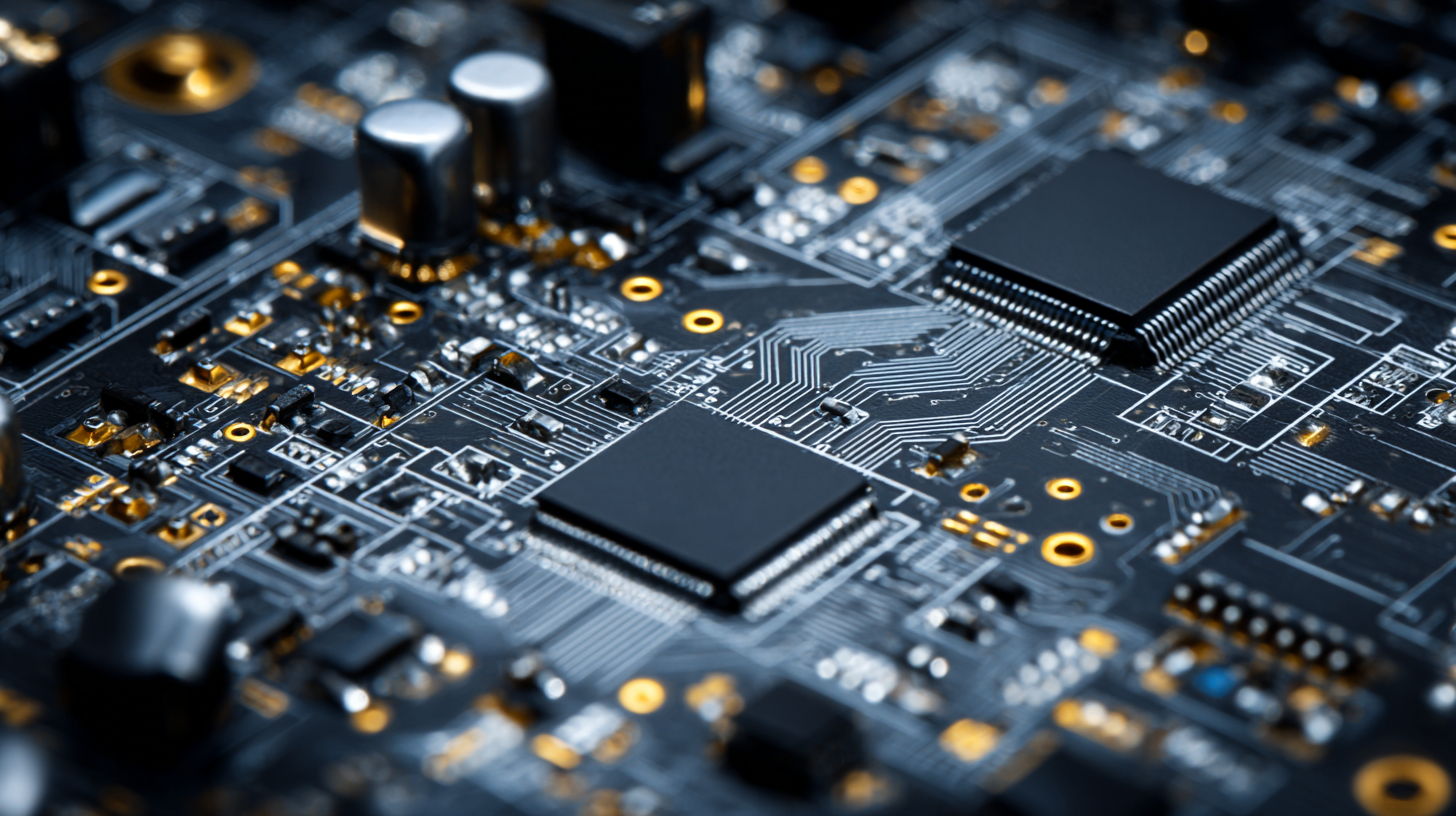 In the rapidly evolving world of electronics, understanding the essential circuit board components is paramount for both hobbyists and professionals alike. According to a recent report by MarketsandMarkets, the global printed circuit board (PCB) market is projected to reach
$70.5 billion by 2026, growing at a CAGR of 3.7% from 2021. This growth underscores the increasing complexity and integration of electronic systems, highlighting the pivotal role that circuit board components play in device functionality and performance. From resistors and capacitors to integrated circuits and connectors, each component serves a vital purpose in ensuring electrical pathways are established and maintained. As innovators push the boundaries of technology, a comprehensive grasp of these components not only aids in designing efficient circuits but also contributes to troubleshooting and innovation in electronic applications.
In the rapidly evolving world of electronics, understanding the essential circuit board components is paramount for both hobbyists and professionals alike. According to a recent report by MarketsandMarkets, the global printed circuit board (PCB) market is projected to reach
$70.5 billion by 2026, growing at a CAGR of 3.7% from 2021. This growth underscores the increasing complexity and integration of electronic systems, highlighting the pivotal role that circuit board components play in device functionality and performance. From resistors and capacitors to integrated circuits and connectors, each component serves a vital purpose in ensuring electrical pathways are established and maintained. As innovators push the boundaries of technology, a comprehensive grasp of these components not only aids in designing efficient circuits but also contributes to troubleshooting and innovation in electronic applications.
Understanding the function of capacitors is crucial when delving into the world of circuit boards, particularly in innovative projects like The Hack Factory Big Board. Capacitors play a vital role in maintaining stable voltage levels and filtering out noise, which is essential for the proper functioning of various components on a circuit board. In projects that involve intricate designs and high-frequency signals, such as those associated with bio-microsystem integration and Lab-on-PCB technology, the optimization of capacitors is even more significant.
Recent advancements in Lab-on-PCB technology, where micro-total analysis systems (µTAS) are employed, highlight the transformative influence of capacitors in miniaturized electronics. These systems require reliable decoupling capacitors to ensure that signals remain clear and voltage stays stable amid rapid changes in demand. Moreover, utilizing cutting-edge designs like switched-capacitor converters can enhance the efficiency and performance of power supply circuits embedded in complex applications. Understanding these components and their interactions within circuit boards can bridge the gap between functional design and innovative technological applications.
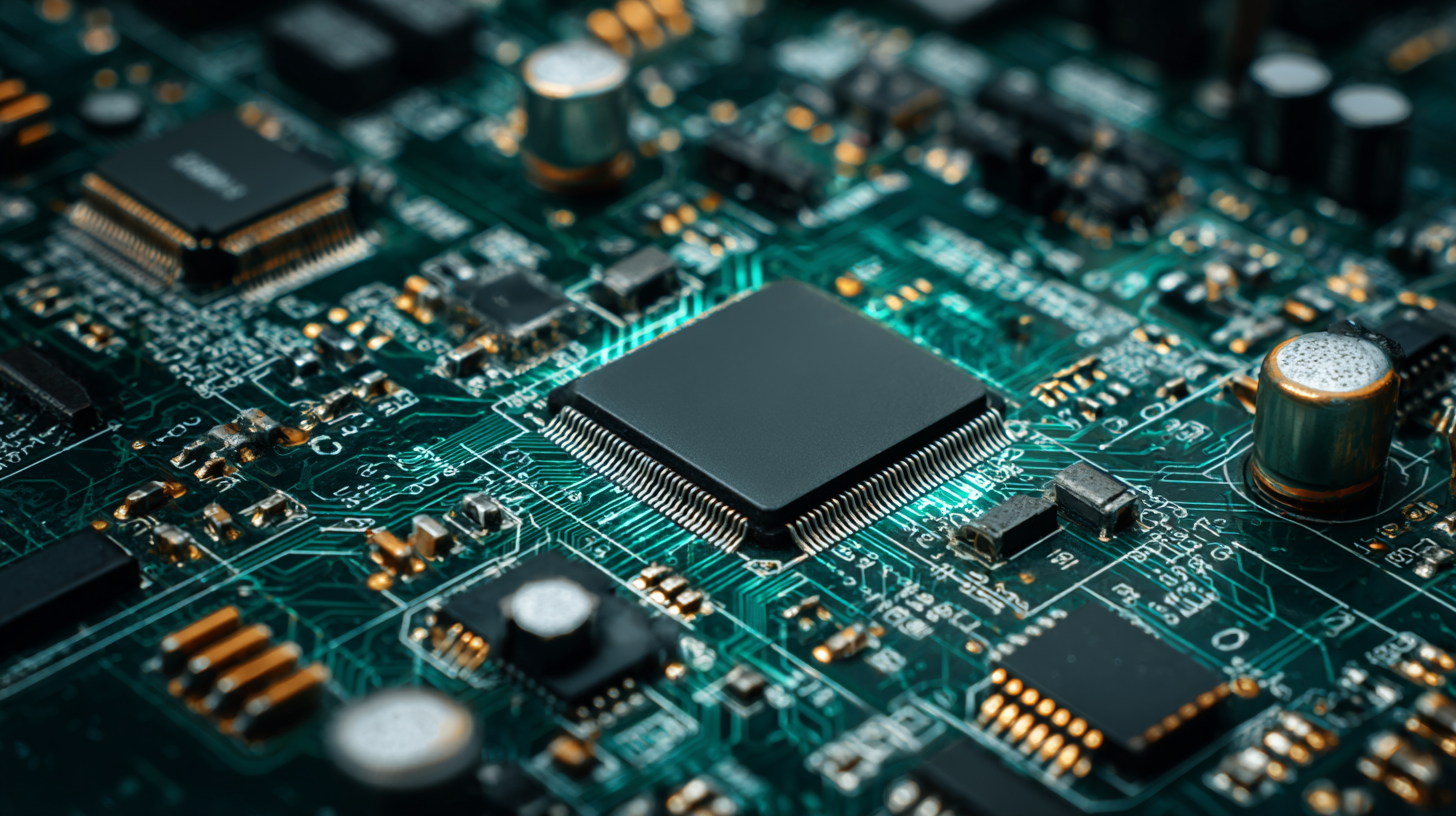
Resistors are fundamental components of circuit boards, serving crucial roles in controlling current and voltage levels within electronic systems. According to a recent report from Markets and Markets, the global resistor market is expected to grow from USD 1.2 billion in 2022 to USD 1.9 billion by 2027, reflecting the increasing demand for more sophisticated electronic applications across various sectors, including automotive, telecommunications, and consumer electronics. Resistors help mitigate excessive current flow, protecting sensitive components from damage while ensuring reliable performance.
In practical applications, resistors are used in various configurations, such as series and parallel arrangements, to achieve desired resistance values and manage power consumption effectively. For instance, in a typical digital circuit, a resistor can set the voltage levels for logic gates, ensuring proper signal processing and minimizing the risk of voltage spikes that could disrupt operations. The ability of resistors to limit current flow is also essential in applications such as LED circuits, where they prevent burnout by controlling the forward voltage and current. This intricate balance of current and voltage stabilization is vital for enhancing the longevity and efficiency of electronic devices in an ever-evolving technological landscape.
Inductors play a vital role in electronic circuits by serving as energy storage devices. They store energy in a magnetic field when electrical current passes through them. This property makes inductors essential for various applications, such as filters, transformers, and oscillators. In filters, inductors work alongside capacitors to manage frequency response, allowing certain signals to pass while blocking others. This ability to shape electrical signals is crucial in radio frequency applications and audio electronics.
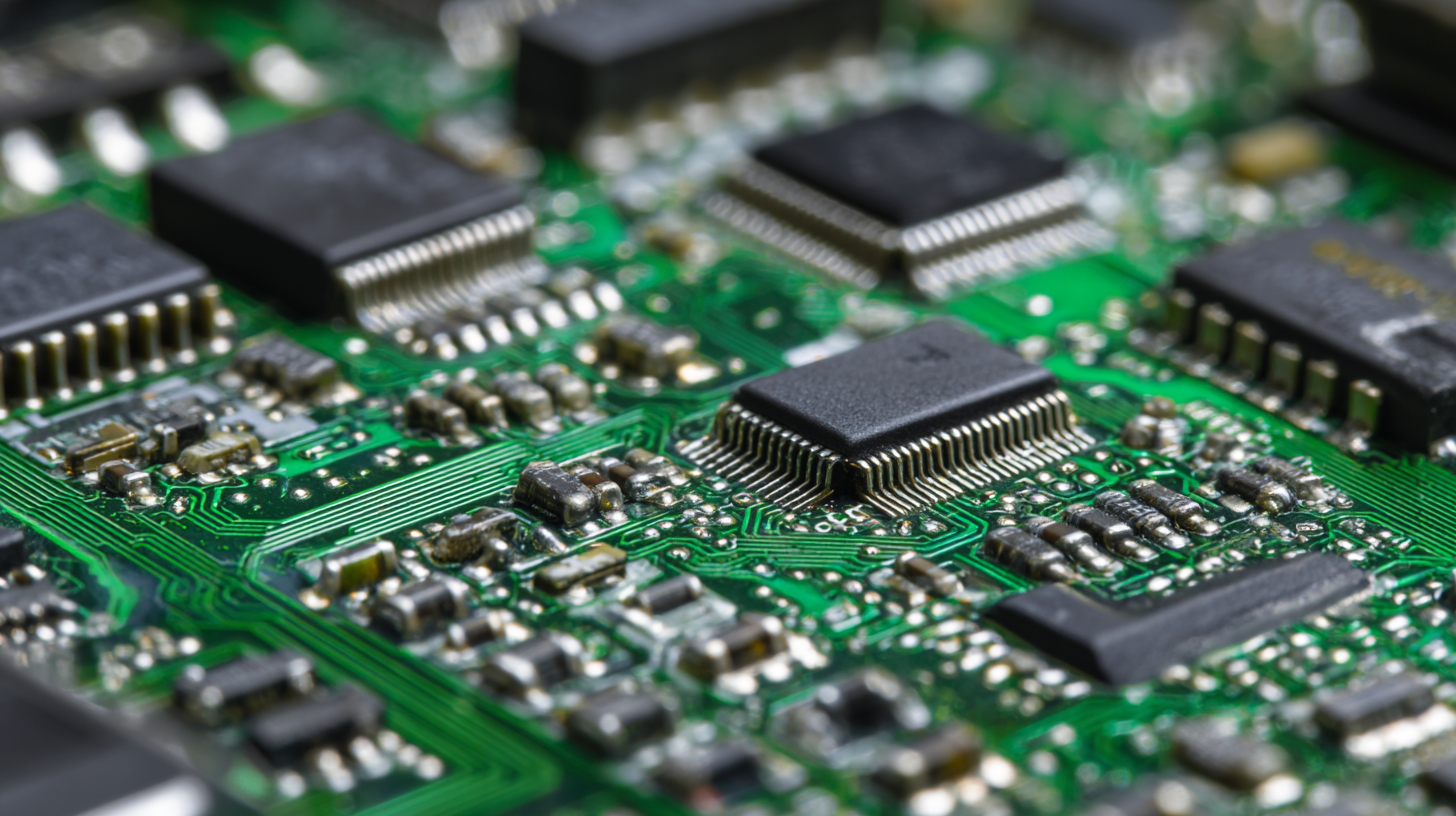
Furthermore, inductors are integral to switching power supplies, where they help regulate voltage and maintain consistent output levels. They store energy when the switch is closed and release it when the switch opens, creating a more efficient power supply system. The inductor’s ability to smooth out fluctuations in current ensures that sensitive components receive a stable voltage. Understanding how inductors function and their applications can significantly enhance the design and performance of circuit boards in modern electronic devices. Their influence on energy efficiency and signal integrity cannot be overstated, making them a key component for anyone looking to delve deeper into electronics.
Integrated circuits (ICs) have revolutionized the world of electronics by enabling the miniaturization of complex circuits. With the capacity to house thousands, or even millions, of components within a single chip, ICs significantly reduce the size and weight of devices while enhancing performance. This compactness not only leads to more portable consumer electronics but also allows for the creation of intricate functionalities in applications ranging from smartphones to advanced medical devices.
Moreover, the functionality of integrated circuits extends beyond mere space-saving; they play a vital role in improving efficiency and speed. By integrating multiple functions onto a single chip, ICs minimize the need for extensive wiring and interconnections, which can introduce delays and reliability issues in traditional circuit designs. This efficiency is crucial in high-speed applications, where performance is paramount. As technology continues to advance, the importance of integrated circuits in fostering innovation and supporting the development of smarter, faster, and more compact electronic systems cannot be overstated.
In the realm of circuit board design, connectors play a pivotal role in ensuring reliable electrical connections. As electrification accelerates across various industries, the demand for advanced connector technology is surging. Innovative designs are emerging to tackle the challenges posed by increased power density and safety requirements. Contemporary connectors must not only provide robust connectivity but also enhance performance while adhering to sustainability standards. The advancements in materials and design are addressing the pressing needs for efficiency in applications ranging from automotive to aerospace and beyond.
Understanding the fundamentals of connectors is essential for anyone involved in circuitry. High-frequency non-magnetic connectors, for instance, are being engineered to deliver exceptional performance for applications in military and quantum computing fields. Meanwhile, the market for copper alloy connectors is experiencing substantial growth, driven by their reliability and increasing application scenarios. As these components evolve, their impact on overall circuit performance becomes increasingly significant, making it essential for designers to stay informed about the innovations shaping connector technology.
